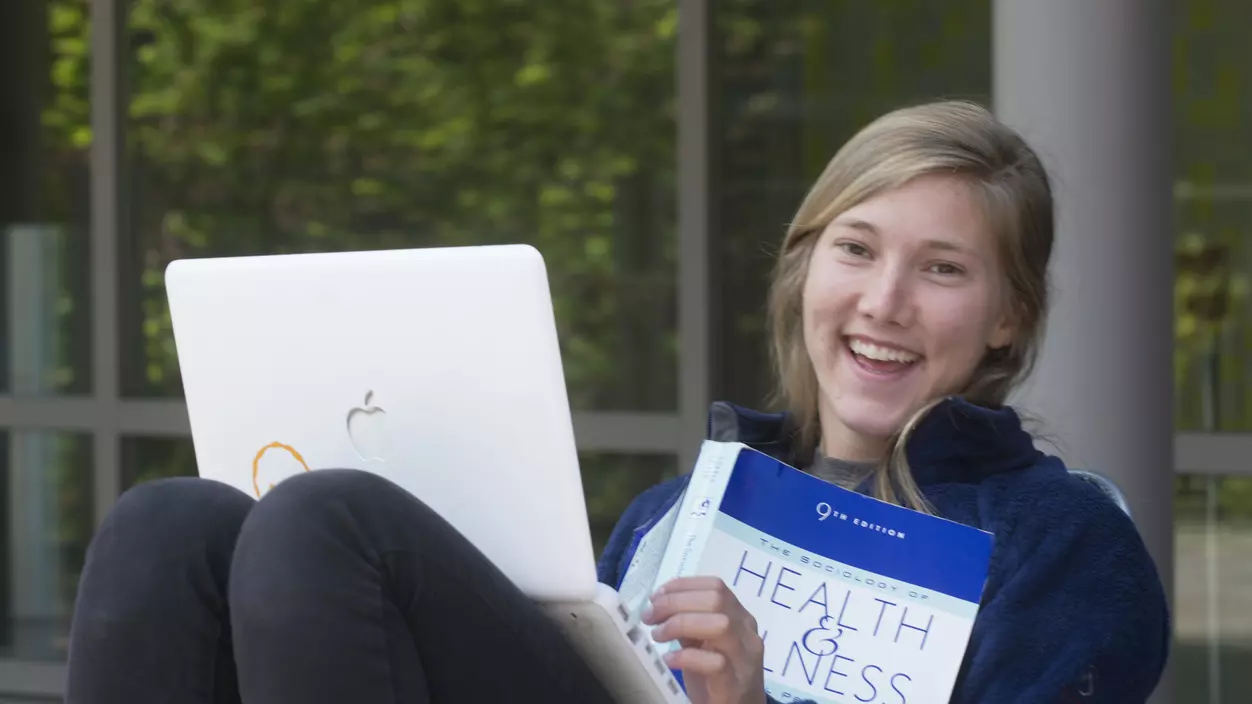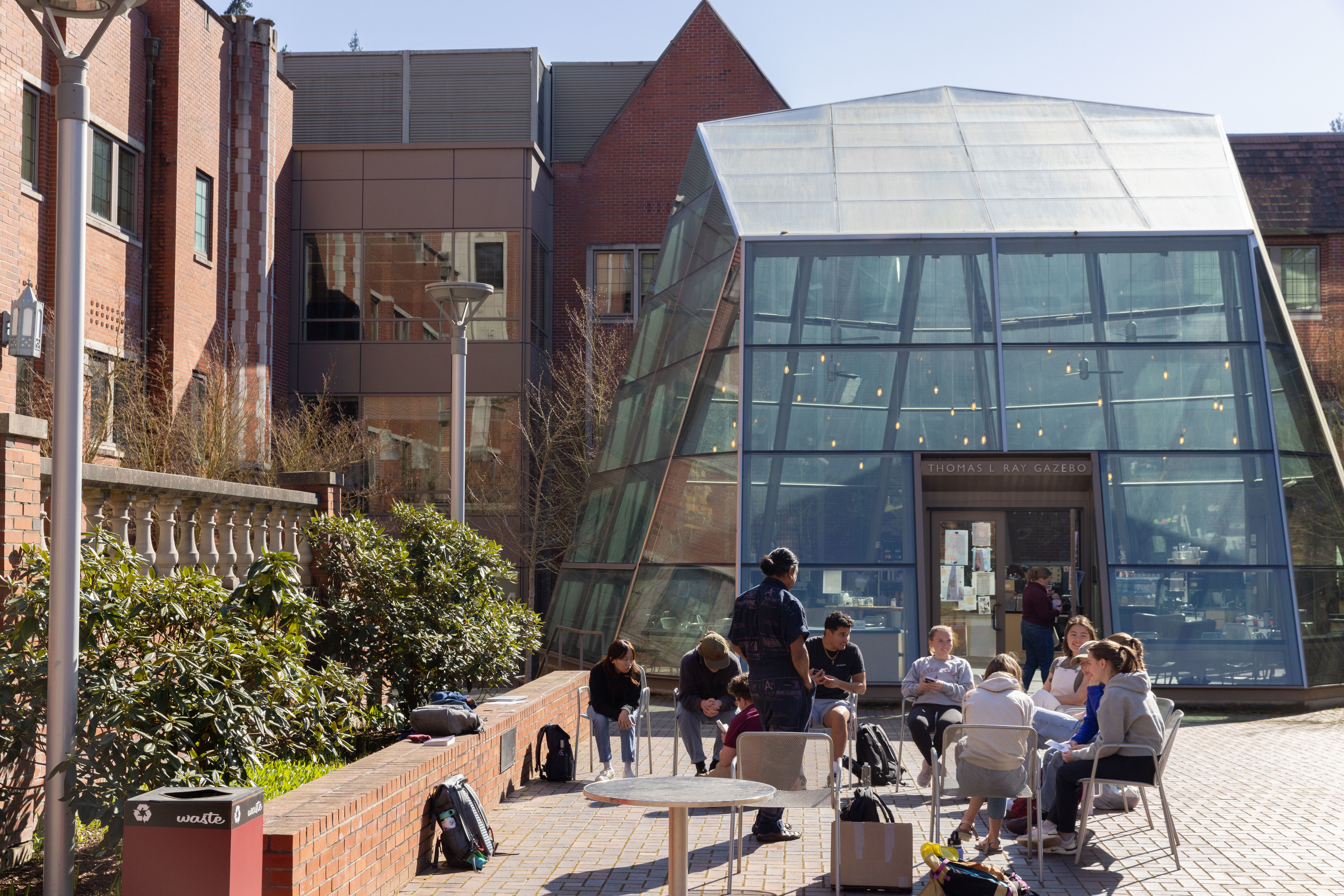Occupational therapy professor Yvonne Swinth ’85 offers advice for people working or learning at home
A Google search for “home workspace tips” yields more than 50 million results. Some articles recommend standing desks; others swear you’ll be most productive on the couch. With so much information out there, it can be difficult to know what advice to follow and who to trust, so we consulted our own Puget Sound expert in ergonomics for some tips for Loggers working and learning at home while social distancing.
Professor and program director in the School of Occupational Therapy Yvonne Swinth ’85 says at-home workspaces don’t have to be complicated. “I want you to be where you can work efficiently,” she says.











